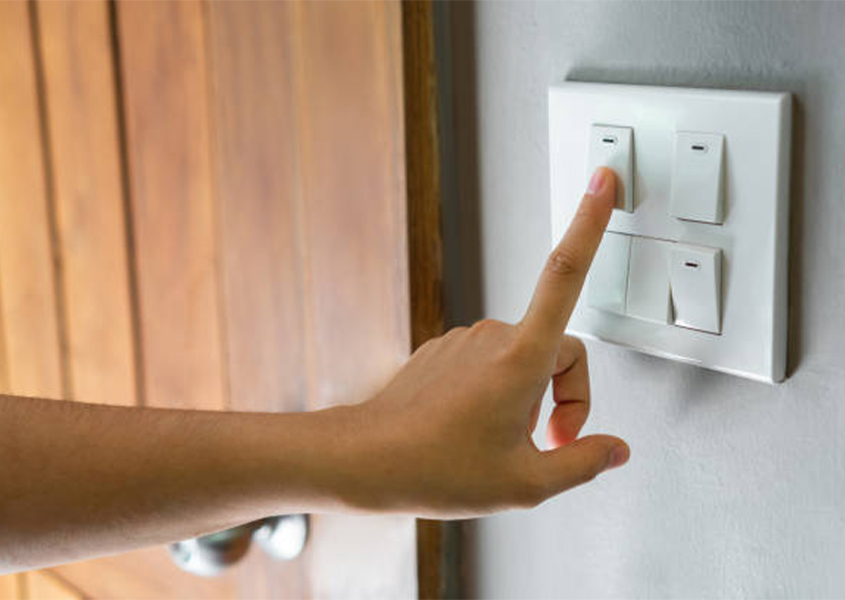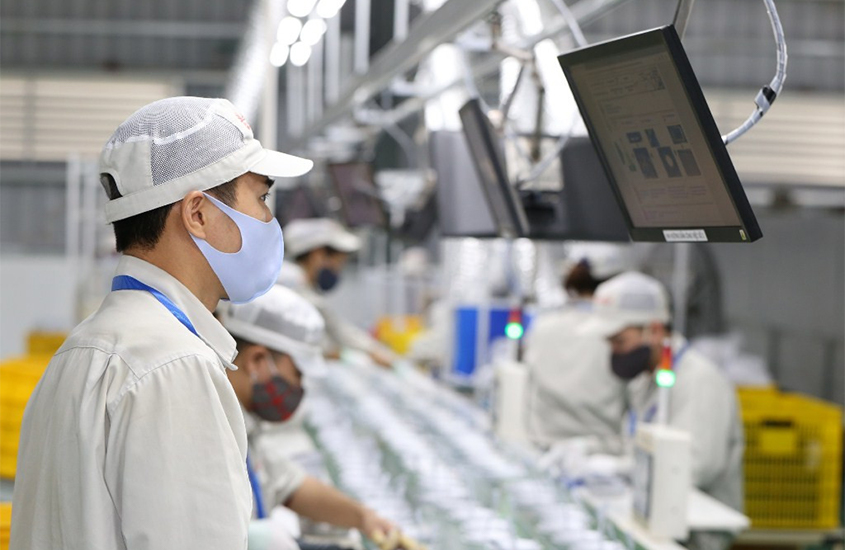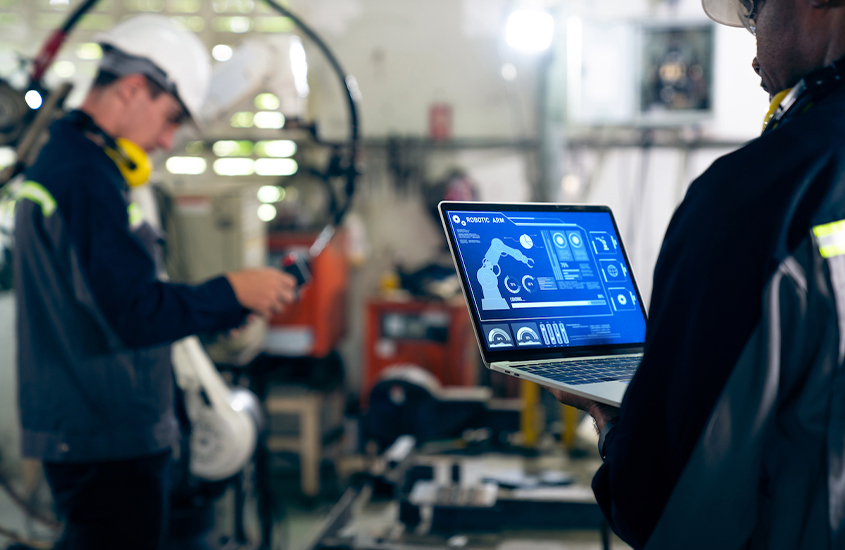In Vietnam’s rapidly evolving business landscape, energy management is crucial for sustainable growth. However, many business owners often confuse two vital concepts: energy conservation and energy efficiency. Understanding what is the difference between energy conservation and energy efficiency is essential for implementing effective strategies in their businesses. Let’s explore these concepts in detail below!
What is Energy Conservation?
1. Definition
Energy conservation is the process of reducing the total amount of energy used by individuals, residential properties, businesses, or organizations. It involves making conscious efforts to use less energy and find alternatives to practices with high energy demands. The goal is to use energy more resourcefully and efficiently, minimizing waste without significantly impacting quality of life or productivity.
This concept encompasses a wide range of actions, from large-scale investments to small daily habits. On a broader scale, it can involve investing in renewable energy sources such as solar or wind power. On a more personal level, it includes simple actions like turning off lights in unoccupied rooms, using energy-efficient appliances, or adjusting thermostat settings. Energy conservation plays a crucial role in safeguarding our environment by minimizing the excessive consumption of fossil fuels, which daily contribute to substantial amounts of harmful carbon emissions. Moreover, it offers financial benefits by lowering energy expenses.

2. Benefits
Energy Conservation offers the following outstanding benefits:
- Immediate Cost Savings: Energy conservation measures typically require minimal investment and can be implemented quickly. As a result, users often see reduced electricity bills in the first month of application. The approach proves especially beneficial for businesses and households seeking rapid cost reductions.
- Easy Implementation: Energy conservation focuses on changing usage habits, without requiring in-depth technical knowledge. Measures such as turning off lights when not in use or adjusting air conditioning temperatures appropriately can be applied to anyone. Energy conservation has become an easily accessible and implementable option for all demographics.
- Raised Awareness: When implementing energy conservation measures, people become more conscious of their daily energy usage. A culture of energy saving develops within organizations and communities. Over time, increased awareness can lead to long-term behavioral changes and habits, bringing sustainable benefits.
- Flexibility: Energy conservation measures can be applied, adjusted, or stopped quickly according to needs. For example, during peak electricity usage seasons, more intensive saving measures can be implemented. Such flexibility allows users to react swiftly to changes in electricity prices or operating conditions.
- Reduced Grid Load: Energy conservation measures help alleviate pressure on the electrical system, especially during peak hours. The approach can help prevent overloads and power outages. For electricity providers, reducing peak demand can decrease the need for new power plant construction, saving costs and reducing environmental impact.
- Direct Environmental Protection: Through the immediate reduction of electricity consumption, energy conservation directly decreases emissions from electricity production. The effect positively impacts the environment instantly. Each kilowatt-hour saved equates to a significant reduction in carbon dioxide emissions, contributing to global climate change mitigation efforts.
- Suitable for All Scales: Energy conservation can be applied at all scales, from households to large businesses. Simple measures like turning off unused lights can be implemented by anyone. For larger organizations, energy conservation campaigns can be deployed company-wide, creating a significant impact. The versatility makes energy conservation a popular and accessible strategy for all entities.
What is Energy Efficiency?
1. Definition
Energy efficiency refers to the optimization of technologies, systems, and processes to achieve the same or better results while consuming less energy. It’s about enhancing the productivity of energy use, ensuring that we can accomplish more with fewer energy inputs. This concept focuses on refining and improving our methods of energy utilization, rather than simply reducing overall energy consumption.
Energy efficiency encompasses a wide range of technologies and practices, from using high-efficiency LED lighting that produces the same amount of light with less electricity, to installing smart thermostats that optimize heating and cooling systems. It also includes larger-scale initiatives like designing energy-efficient buildings or developing more fuel-efficient vehicles.

2. Benefits
Energy Efficiency provides the following significant benefits:
- Long-term Cost Savings: Energy efficiency measures can lead to substantial cost savings for individuals, businesses, and industries. Initial investments in energy-efficient technologies may be required; however, these often yield long-term savings through reduced energy bills. On a larger scale, enhanced energy efficiency boosts economic productivity and competitiveness via lower operational costs for businesses.
- Improved Performance and Productivity: Energy-efficient equipment and systems often perform better than their less efficient counterparts. For businesses, this can translate to increased productivity, better product quality, and improved operational efficiency.
- Enhanced Comfort: In buildings, energy-efficient systems like modern HVAC and lighting can provide better temperature control, air quality, and illumination. Occupants often experience more consistent temperatures, better air circulation, and lighting that reduces eye strain. These improvements can lead to increased comfort, potentially boosting productivity in workplaces and overall satisfaction in residential settings.
- Environmental Benefits: Improved energy efficiency results in decreased greenhouse gas emissions and other pollutants associated with energy production. Such reductions contribute to the fight against climate change and help improve air quality. The lower demand for energy generation also supports the conservation of natural resources.
- Technological Innovation: The pursuit of energy efficiency drives technological advancements and innovation. These efforts spark the development of new industries and create job opportunities in fields related to energy-efficient technologies and services.
- Compliance with Regulations: As governments worldwide implement stricter energy efficiency standards, adopting efficient technologies helps businesses stay ahead of regulatory requirements. It also positions companies favorably in industries where environmental compliance is increasingly scrutinized.
- Increased Property Value: Buildings and homes equipped with energy-efficient systems often command higher property values in the real estate market. These properties are more attractive to buyers or tenants due to lower operating costs and improved comfort. Energy efficiency certifications can serve as a selling point, potentially leading to faster sales or rentals at premium prices.

What is the Difference between Energy Conservation and Energy Efficiency?
1. Similarities
Energy conservation and energy efficiency are two interconnected strategies in sustainable energy management, sharing several key similarities:
- Both approaches aim to reduce energy use, resulting in reduced costs for businesses, and helping to preserve valuable resources.
- These practices contribute to grid stability by lowering overall energy demand, while also aligning with global efforts to combat climate change and promote sustainable development.
2. Differences
| Aspect | Energy Conservation | Energy Efficiency |
| Definition | The practice of reducing or eliminating energy use | The practice of using energy more effectively to achieve the same or better results |
| Focus | Primarily on changing human behavior and habits | Primarily on improving technology and design of systems or devices |
| Action | Using less energy overall, often by foregoing or reducing certain activities | Getting more output or performance from the same amount of energy input |
| Implementation | Often involves simple changes that can be immediately adopted | Usually requires planning, investment, and sometimes professional installation |
| Examples | Turning off lights when not in use, adjusting thermostat settings | Installing LED bulbs, upgrading to energy-efficient appliances |
| Initial cost | Usually low or no cost to implement | May require significant upfront investment, but often leads to long-term savings |
| Measurability | Can be harder to quantify precisely, often measured in the overall reduction | Easier to measure specific improvements in energy use per unit of output |
| Tính Linh Hoạt | Can be quickly adjusted based on immediate needs or circumstances | Less flexible once implemented, but provides consistent benefits |
Should Businesses Choose Energy Conservation or Energy Efficiency?
In the pursuit of optimal energy management, businesses should consider energy conservation and energy efficiency as complementary strategies rather than mutually exclusive options.
A strategic combination of both approaches often yields superior results. Energy conservation focuses on reducing overall energy use through behavioral changes, offering immediate, low-cost solutions. The approach swiftly cultivates a culture of energy awareness within an organization. Conversely, energy efficiency emphasizes technological improvements to extract more output from the same energy input, providing long-term, sustainable benefits, albeit often with higher initial costs. To effectively implement these strategies, many businesses are turning to advanced energy monitoring and saving solutions. At Vinergy, we provide a comprehensive solution that includes real-time energy monitoring, automation features, and data-driven insights. With our solutions, businesses can monitor, manage, and optimize energy usage centrally, leading to significant cost reductions and environmental benefits.
Implementing both strategies allows businesses to reap short-term savings from conservation efforts while investing in long-term efficiency improvements. Such a balanced approach enables companies to address energy use comprehensively, tackling both human and technological aspects of energy consumption. For example, a business might begin encouraging employees to turn off lights and equipment when not in use (conservation), while concurrently planning upgrades to LED lighting and energy-efficient HVAC systems (efficiency). Just because you installed an LED in the light fixture on your front porch doesn’t mean you should leave it on 24/7.
Ultimately, the decision between energy conservation and energy efficiency isn’t an either-or proposition. Businesses embracing both approaches position themselves to achieve significant energy savings, reduce their environmental impact, and potentially gain a competitive edge in an increasingly sustainability-focused market. The key to success lies in developing a comprehensive energy management plan that harnesses the strengths of both conservation and efficiency strategies.
